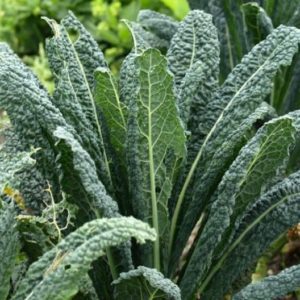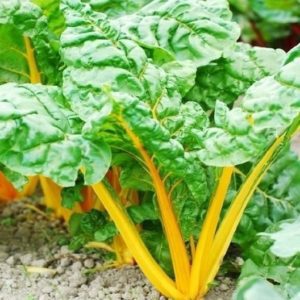As the long summer days begin to wind down and cooler evenings begin to show their face, home gardeners around the country should have one thought on their mind…get those fall gardens planted! Vegetables grown in the cooler fall weather have a tendency to taste even crisper and sweeter than their summertime counterparts. Despite the hot days and persistent pests that make your summer garden upkeep a daily chore, starting your seed in late July to early August will ensure that you have a few more months of productivity from your home garden. Check out these “must do’s” that will get your home garden in tip top shape for a delicious fall crop!
Keep First Frost in Mind
Before placing your first seed in the ground, it’s important to determine just how much of the growing season is still left in your region. Count back 12 to 14 weeks from your area’s average first frost date, then cross reference that timeframe with how long the vegetables you’d like in your fall garden take to grow. If you have plenty of time, it’s best to start fall crops indoors, as broccoli, sprouts, cauliflower, and cabbages tend to do best when germination is in a controlled environment. If you’re running short on time, you can try direct-seeding varieties that are fast growing, like certain types of broccoli, kohlrabi, and kale.

Give Your Soil a Boost
As the summer growing season comes to a close, it’s important to give a big THANK YOU to your garden for the role it played in producing loads of great veggies during the growing season. Because summer crops tend to grow vigorously with the extended daylight hours, your soil has been working overtime providing nutrients to plants. Before planting your fall crops, enrich the garden’s soil with aged manure, or compost, to replenish the nutrients and give your crop the best chance to reach maturity before the frost arrives!
Choose the Right Crops for Fall
As nice as your summer squashes, tomatoes, and peppers were as table fare, they aren’t the right choice to plant in your garden for a fall growing season. The fall is the perfect time to go “green” in your garden by planting a variety of leafy greens. Vegetables like kale, arugula, and turnips thrive in cooler weather and are able to tolerate the dropping temperatures overnight. Fall is a great time to experiment with some new vegetables in the garden that do well in cool weather. Don’t forget to plant garlic, shallots, and onions as the cooler weather takes over. These root veggies love cold soil and shouldn’t be planted until late September to mid-October.

Keep Water Consistent
Despite the dropping temperatures, your fall garden still requires plenty of water. Even the shortest period of dry weather can cause disastrous results to the growth of fall crops like beets, carrots, and cauliflower. After you clear out the remnants of your summer crop, but before setting out the fall seedlings, lay a soaker hose throughout the garden. The direct-to-soil moisture will help seedlings take quicker by keeping the soil moisture much higher than if you were to hand water. Once the seedlings are in place, cover the soaker hose with a thick layer of mulch to help retain moisture.
Quick Growing Crops for Fall Gardens
While the fall growing season is short, there are still plenty of great vegetables that you can grow in your garden that will produce in 60 to 80 days…just in time to beat that first frost! Bok Choy grows very quickly and is often ready to be harvested after 30 days to be used in soups, salads, and stir-fries. Simply snip off as many outer leaves as you’ll use for your dish and continue to let the plant grow. Turnips are a great cool weather vegetable that tastes deliciously sweet when grown in the fall. The greens of a turnip are usually ready to be harvested after just 30 days, while the root itself often reaches maturity in 60 days. Swiss Chard is a favorite table fare that can begin being harvested once the leaves reach 4 inches tall, which usually takes about 30 to 45 days from the time they are planted.